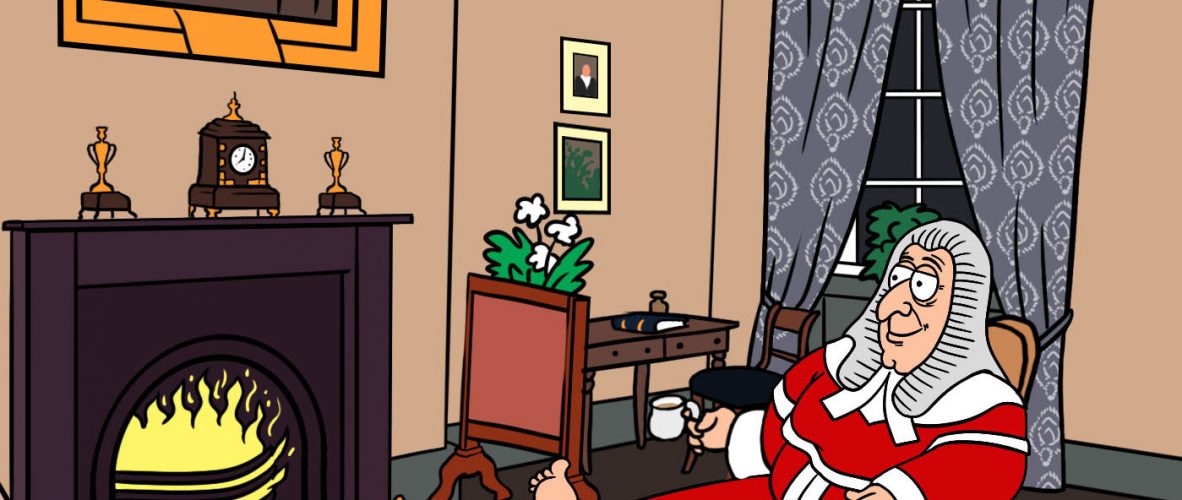The name given to the tight trousers worn by some Regency gentlemen, such as the notorious Beau Brummell and his ‘dandy’ followers, as they showed off their leg muscles.
Clothes & Shoes
Victorian children’s clothes often made them look like miniature adults. Here you can see the ‘best’ clothes of a little boy and girl, which would have been worn when visitors came to tea, for parties and other social occasions. The girl’s dress is made of velvet and taffeta, whilst the boy’s suit has gleaming glass buttons made to look like diamonds. Families with less money could sew their own children’s clothes using the cloth from adult ‘hand-me-downs’. The two pairs of shoes show those of a rich and poorer girl. The patent leather boots are soft, with thin soles held on by tiny nails. The poorer girl would need much more hard-wearing footwear, with wooden soles and metal ‘shoes’ tacked on.
| In the classroom: | |
| |
 |
 |
